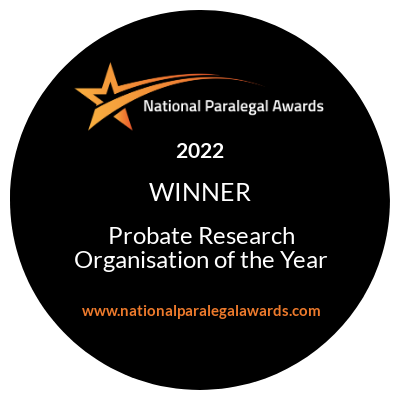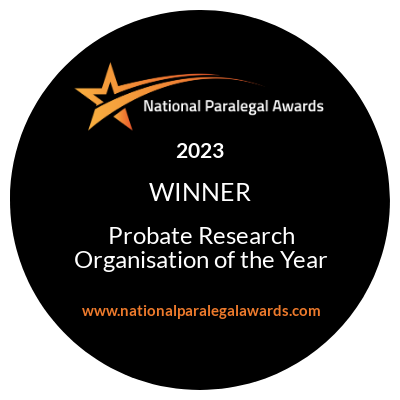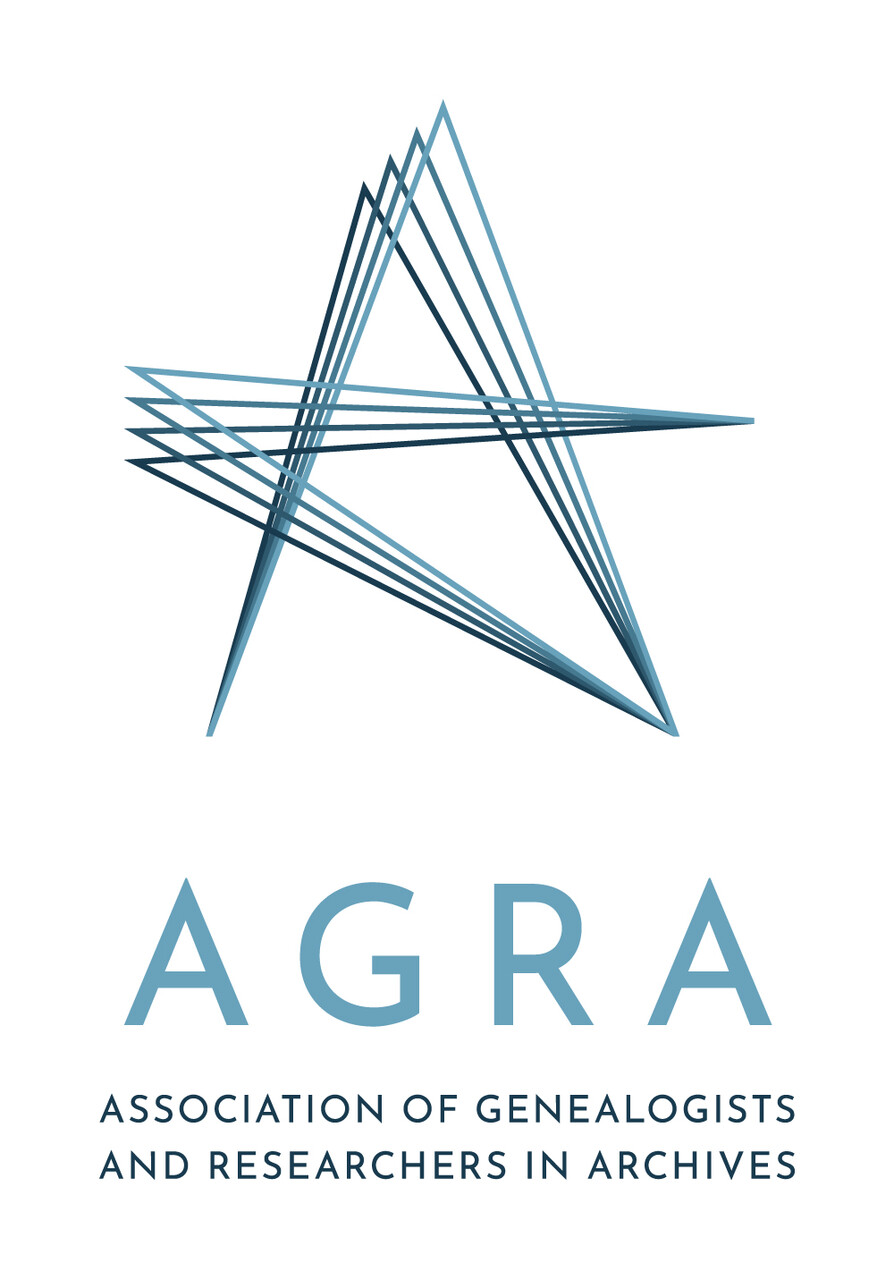Articles about intestacy, which simply means dying without a valid will, are surprisingly popular. This is because many people, both for personal reasons and professional roles (lawyers, conveyancers, family law specialists), want to understand how inheritance works in these situations.
As a reminder, intestacy dictates who inherits someone’s estate in England and Wales if they die without a will. These rules establish a predetermined order of inheritance that generally cannot be changed. They even apply in cases of “partial intestacy,” where a will doesn’t cover everything the deceased owned.
The Evolution of Intestacy Rules
The current intestacy rules, established in 1925, don’t fully reflect modern family structures. They don’t recognise terms like “blended families” or inheritance rights for stepchildren and foster children (though fully adopted children are included).
Most importantly, cohabiting couples, sometimes known as “Common Law spouses,” are not entitled to inherit under intestacy, despite being the most common family arrangement, despite being the most in England and Wales today. This can cause significant problems, especially considering the emotional strain families already face after losing a loved one.
With no will to express the deceased’s wishes, intestacy can lead to legal disputes and family conflict.
The Historical Context of Intestacy
To understand why these rules exist, it’s worth looking back at how the times were then. The laws of intestacy were created in 1925, a very different era. Society then differed greatly from today. Just imagine:
- Post-WWI landscape: It was only seven years after World War I.
- Smaller population: England and Wales had a population of around 40 million.
- Different jobs and roles: Most men worked in agriculture or general labour, while most women were domestic servants, clerks, or shop assistants.
- Changing names: Even popular names were different: John, William, and George for boys (though William and George are still popular today) versus Joan, Mary, and Margaret for girls.
Back then, social norms dictated that only married couples lived together and had children. Divorce was rare, especially for women. The concept of openly cohabiting couples or “blended families” as we know them today was practically non-existent.
While the current rules might seem outdated, understanding the historical context can provide some perspective. The laws were designed for a different social structure.
We can help you navigate the complexities of intestacy rules
As an expert probate genealogy firm, we deal with the rules of intestacy daily. Do you need any assistance with the intestacy rules? Please get in touch with us for a no-cost initial consultation or read our article about the rules of intestacy.
2024 Anglia Research Services All Rights Reserved.
Anglia Research and Anglia Research Services are trading names of Anglia Research Services Limited, a company registered in England and Wales: no. 05405509
Marketing by Unity Online








